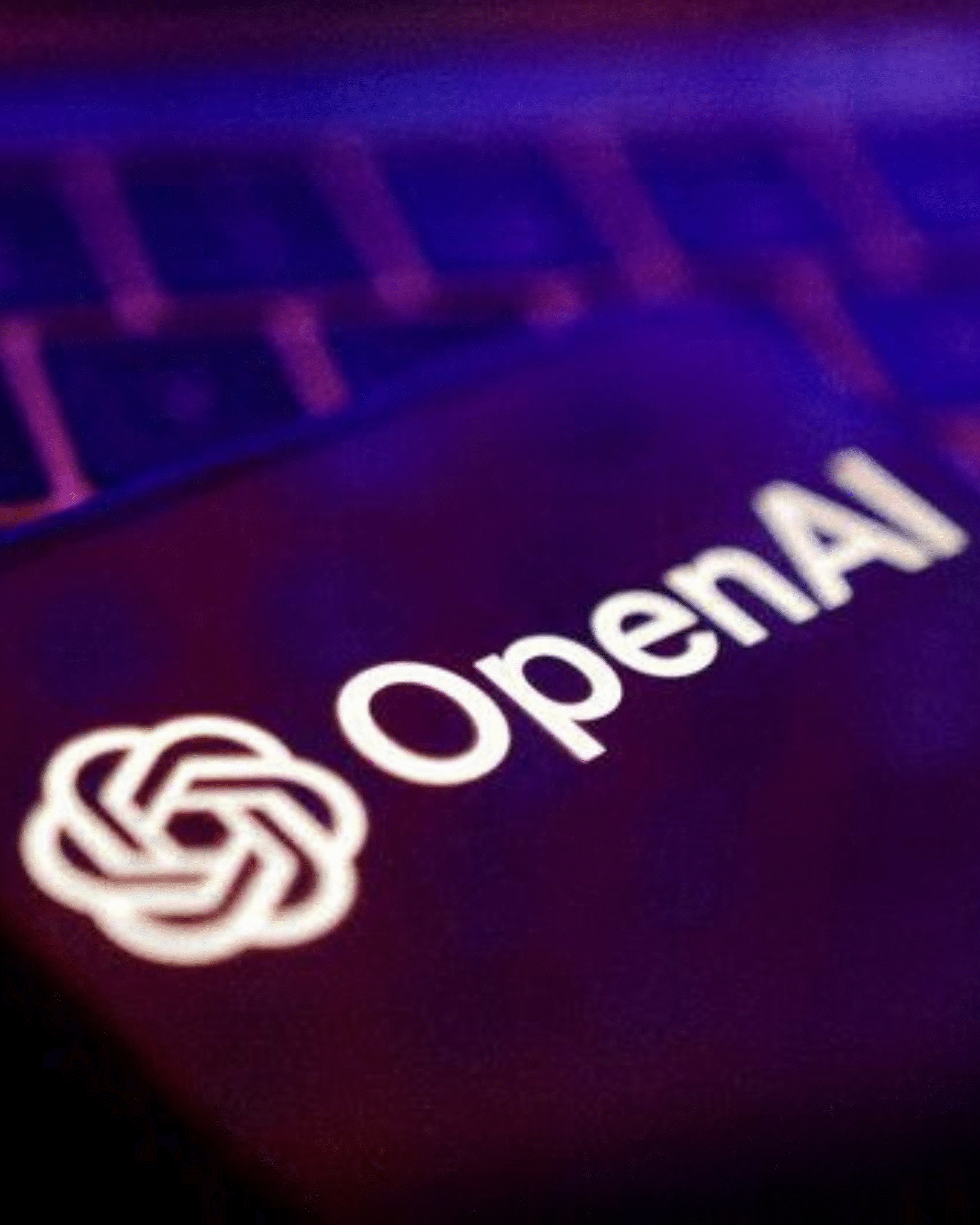OpenAI, Oracle, and SoftBank have moved Stargate from powerpoint to steel-and-concrete: five new U.S. datacenter sites have been announced, adding to the already-active Abilene, Texas campus and pushing the program toward its $500B / ~10-gigawatt target by the end of 2025. Public reporting names Texas (multiple sites), New Mexico, Ohio and a Midwest location among the next builds, with Oracle co-developing several of them and SoftBank backing two others. The net effect is simple but seismic: more compute in more regions, shorter training/inference queues, and fresh leverage for buyers to negotiate tiered SLAs and committed-use discounts as supply ramps.
At Abilene—the flagship that OpenAI showcased—capacity and infrastructure give a sense of what’s coming elsewhere: hundreds of megawatts of power, new interconnects, and a closed-loop water-cooling design to limit draw in a drought-prone region. Local generation (including a new gas-fired plant) is paired with regional wind and solar—an energy mix we expect to see echoed at other Stargate locations as they balance reliability with sustainability claims. For large AI buyers, this matters because power is the true bottleneck; when a campus locks in dependable megawatts, GPU availability follows, which in turn lowers job wait times and stabilizes pricing.
Financially and logistically, the ecosystem is aligning around Stargate’s scale. CoreWeave just expanded its OpenAI pact to as much as $22.4B across three 2025 deals, with press coverage explicitly tying that capacity to Stargate’s 10-GW ambition. In parallel, Oracle’s 2024 announcement—OpenAI using Oracle Cloud Infrastructure to extend Azure capacity—explains why Oracle is co-building multiple Stargate sites: you get a bigger, governed pool of compute across vendors without tearing up your architecture. The takeaway for buyers is a multi-platform runway: keep your model endpoints portable, your retrieval and guardrails in your own stack, and treat datacenter partners as swappable rails.
What changes for your roadmap (next 90 days)
- Region strategy becomes a feature. As new sites come online, plan multi-region failover for inference and agent workloads. Map your user clusters to the nearest Stargate regions to shave p95 latency, and place vector stores/feature stores in the same geography to avoid egress tax.
- Contracts should reflect tiers. Ask for job class SLAs (priority lanes for critical training/inference), throughput guarantees per minute, and credits for missed windows. With capacity growing, providers will be more willing to put numbers on paper.
- Commit smart, not blind. Consider committed-use for baseline traffic but leave headroom for experiments and cost-optimized queues (e.g., flexible/spot-like inference). Tie discounts to measurable utilization instead of vague spend promises.
- Keep portability real. Encapsulate prompts, tools, and retrieval so you can switch between endpoints (closed, open-weight, or fine-tuned) without rewriting apps. Oracle’s role here is practical: more capacity vendors under one architecture.
Risks & realities to factor in
- Permitting and power aren’t instant. Even with announced sites, interconnect lead times, local opposition, and supply-chain hiccups can slip schedules. Treat 2025 capacity as probabilistic, not guaranteed on a specific day.
- Environmental scrutiny is rising. Expect tougher water-use reporting, emissions disclosures (especially where gas peakers are added), and community-benefit agreements. Build this into your ESG narrative if you’re claiming “green AI.”
- Concentration risk remains. Big, intertwined deals (clouds ↔ GPU vendors ↔ AI labs) bring antitrust and resilience questions. Hedge with portable stacks and at least one alternate provider under contract.
A buyer’s checklist you can lift into your deck
- Latency map: list your top three customer geos and their nearest Stargate regions; set target p95/p99 per workflow.
- SLA grid: per model and job class—max queue time, min tokens/sec, error budget, credit schedule.
- Cost guardrails: unit economics by request/agent task/training step; alerts for drift above thresholds.
- Portability plan: abstraction layer for models; retrieval/guardrails owned by you; test quarterly failover between providers.
- ESG posture: publish water/energy assumptions and offsets for AI features you sell to clients.

